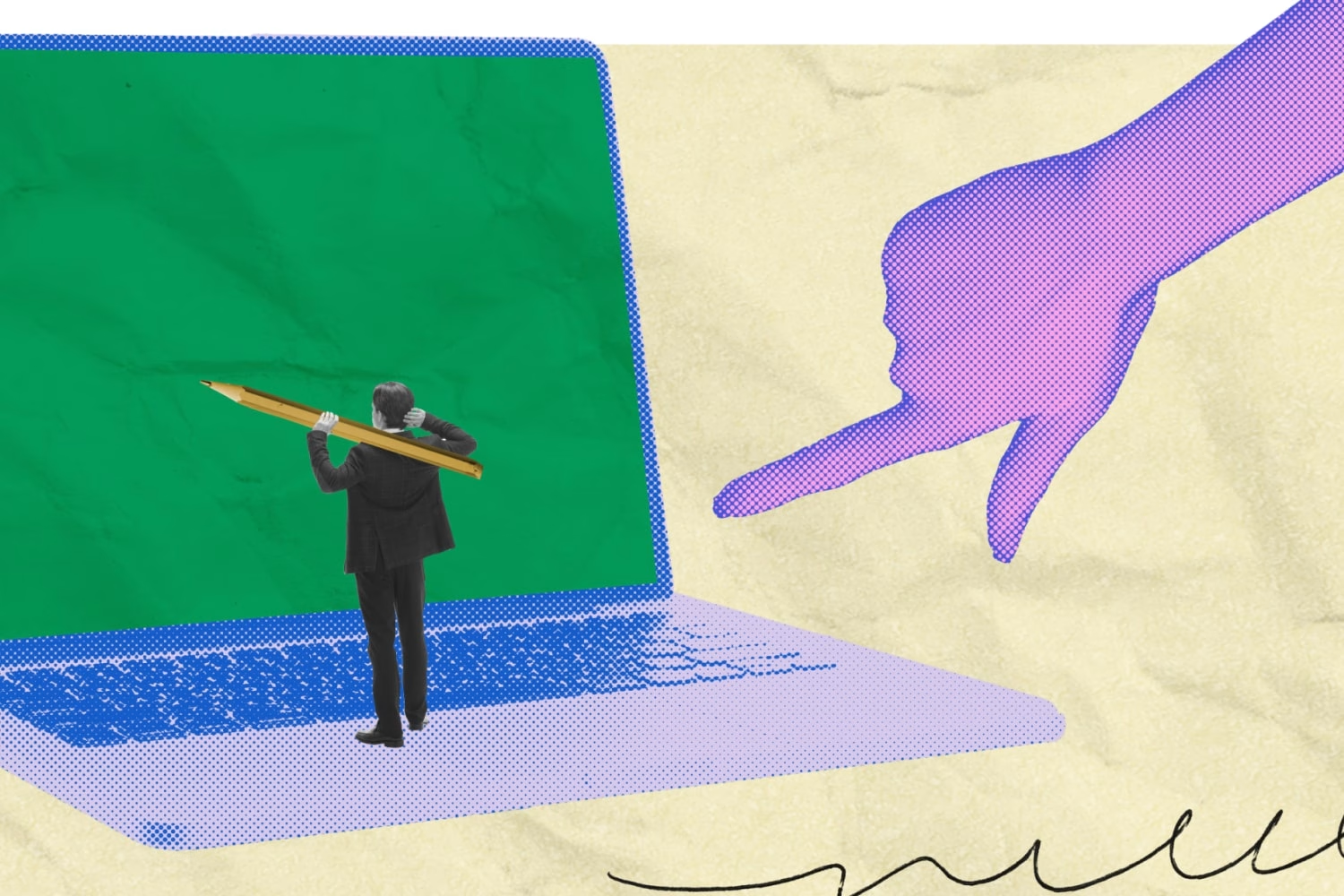From You and Me to We: How Collaboration Helps B2B Marketers Connect With Modern Buyers

Share this story
In her post on connecting brand to demand, Kelly Olson, our VP of strategic planning, wrote about the value of cultivating shared agendas between the brand and its audiences. Collaboration is a key part of building relationships, and building relationships is essential to building a brand. The idea is important, and I wanted to elaborate on how marketers can capitalize on present changing conditions to build these connections.
We’ve seen a lot of the ways things are change to the ways things used to be in our lifetimes. The straightforward brand-buyer relationship is no different. Today’s B2B buyers are less focused on “what can you do for me?” and instead are asking “what can we do together?” As companies shift to self-service, co-creation and hybrid sales models that cater to this desire, marketers need to evaluate the ways they reach potential buyers to ensure that collaboration is a central component of the experience.
To Reach Younger B2B Buyers, Don’t Limit — Collaborate
According to Forrester, 71% of buyers were born after 1980. Millennials and Gen Z are the first generations of digital natives. This has had a dramatic effect on more than just our attention spans. Buyers who entered the workforce in the era of Web 2.0 and smartphones have different expectations.
These younger buyers aren’t interested in a traditional relationship with a brand. They want more control and input in what a brand has to offer them. They’re looking for brands that are both willing to listen to their needs and flexible enough to be able to fulfill them. Marketing teams need to be prepared not only to convey this in messaging, but also put it into practice.
That starts with the channels we use to reach them. Buyers are using more channels than ever — between 2016 and 2021, the average number of channels that play a role in the buying journey doubled from 5 to 10 — so brands need to offer a more flexible, omnichannel presence that shows our audience that we understand how they use each channel.
Thought Leadership Leads to Partnership
A brand simply promoting a line of products provides limited customer engagement points for buyers who want a more collaborative experience. When buyers look at a product page, even if it explains how the product will fulfill their needs, they won’t see a brand that they can build a relationship with.
That’s why it’s important to be a thought leader. Thought leaders understand entire industries, not just the benefits of products. Thought leadership shows buyers that you’re not just capable of what they need you to do now; you’re a potential partner for what they’ll need you to do in the future. Building these bona fides can be a powerful way to convey the flexibility and cooperation buyers want.
Up to 70% of the B2B buying process occurs before buyers make initial contact with sales. During this time, buyers are getting familiar with your brand and your competition; but they’re also looking for answers to open questions. If you can be a brand that’s helping them accomplish that now, they’ll understand that you’ll be a partner that accomplishes more later.
Flexible Sales Models Need Flexible Demand Generation
One of the side effects of lockdowns early in the pandemic was the adoption of more efficient ways of doing business. Digital self-service and hybrid sales models were forced to become the norm. Even as people return to offices, buyers aren’t eager to go back to the way things worked in February 2020. Self-service models offer buyers more convenience and flexibility, and 69% of companies have said a hybrid sales approach is more effective than their pre-pandemic models. Flexibility is here to stay.
B2B marketers can do more to prime the pump for self-service and hybrid models as they guide buyers through the marketing experience. They need to provide a seamless transition between demand generation and sales, giving buyers the information and guidance they need to make the right choices as they enter a self-service or hybrid sales experience.
To accomplish this, B2B marketers need to work closely with their sales team to understand their model and identify points of friction in hand-offs. From here, robust, data-backed personas can help map behaviors and determine likely paths buyers will take as they enter the sales phase of their journey. Then, marketers can target buyers with the right experience that matches their needs.
Above All Else, Listen
I’ve given a few potential avenues for collaboration here, but there are many more — more than I could discuss in a book, let alone a blog post. But at the core of them all is one thing: listening. To build shared agendas, we need to understand what modern B2B buyers need, and the only way to understand that is to listen at every opportunity we can — whether it’s customer reviews, focus groups, social listening or other means.


